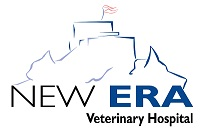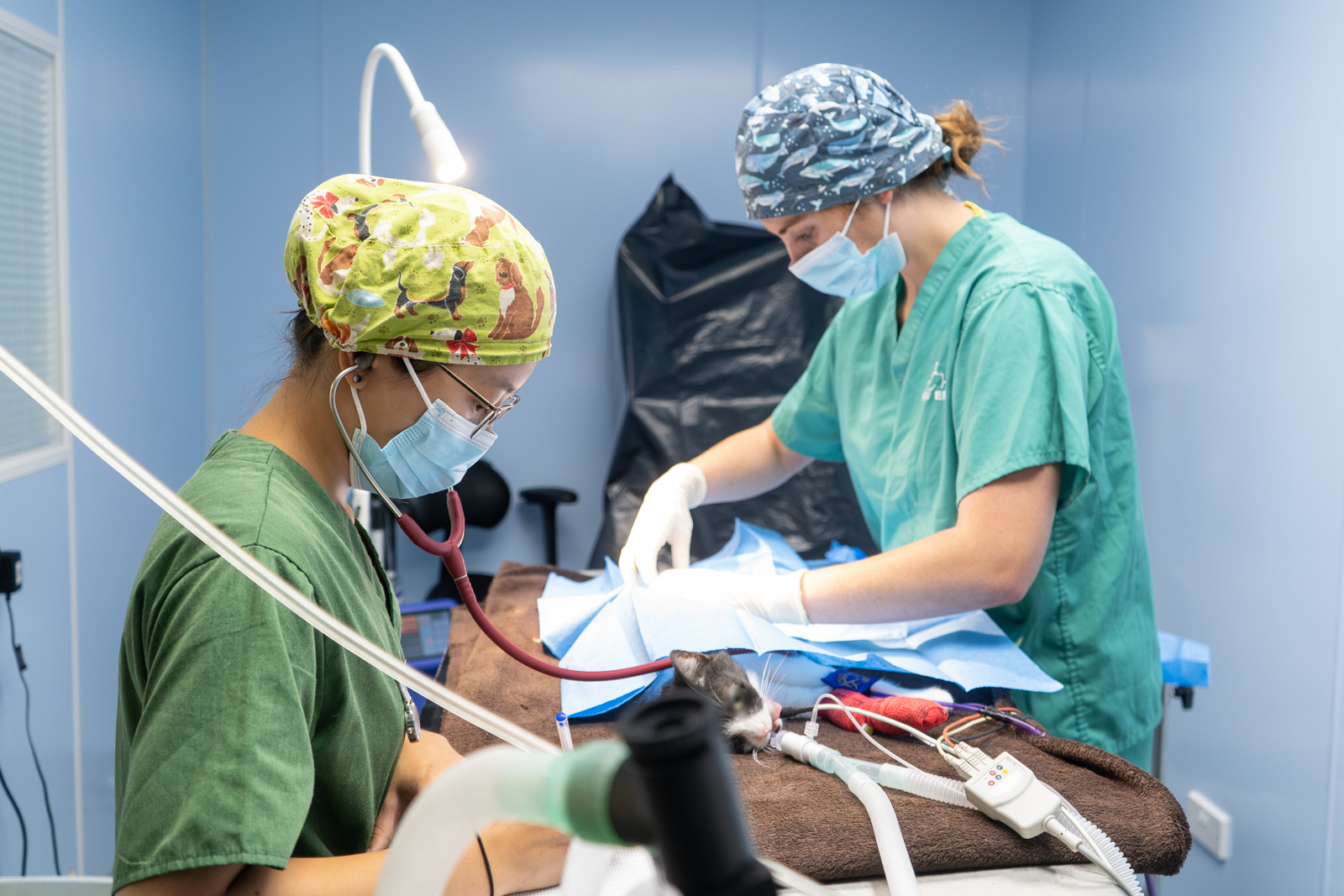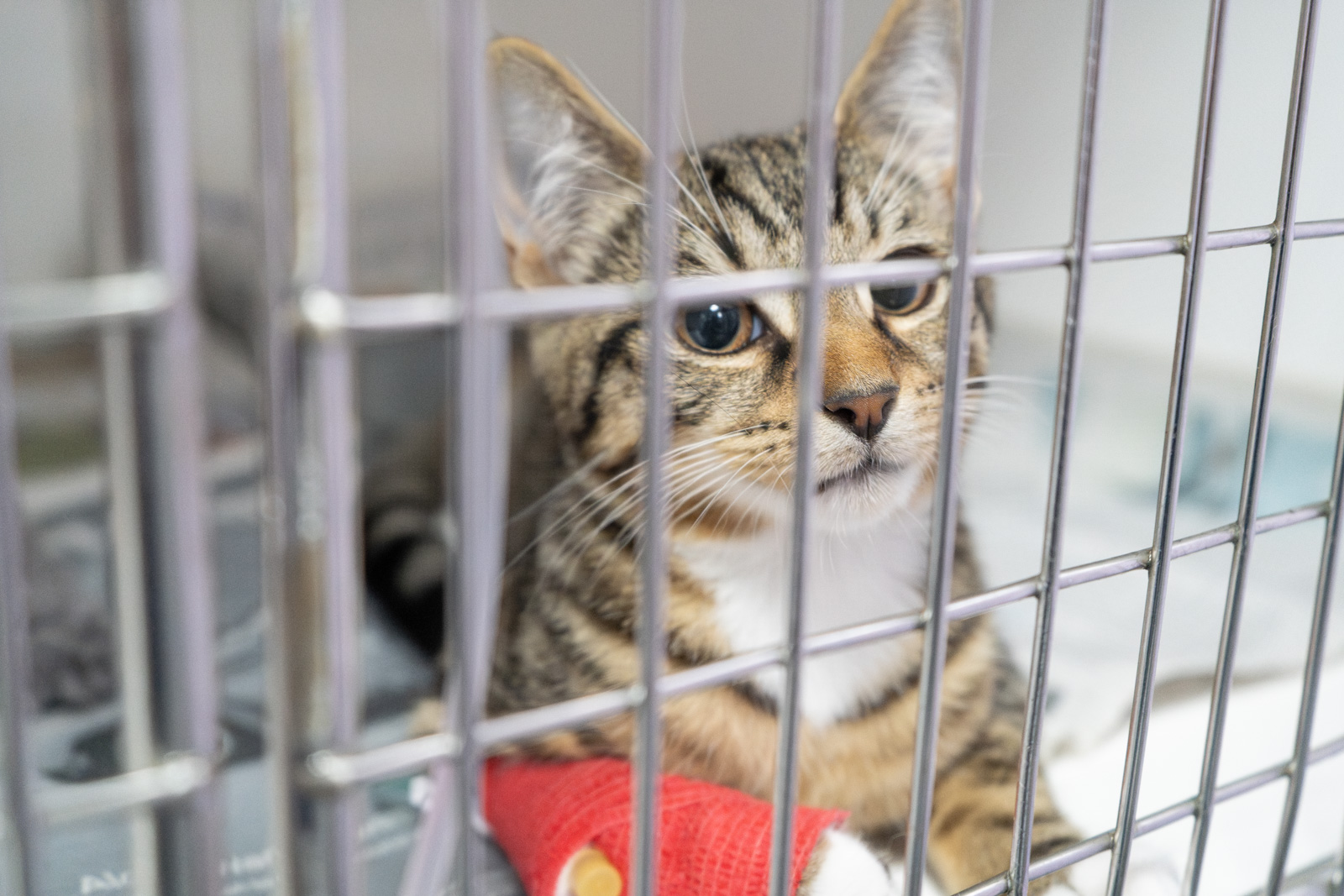Surgeries
We can perform routine, orthopedic, soft tissue, arthroscopic and endoscopic surgeries, as well as laparoscopic spays.
Our vets have extensive experience conducting a range of operations on dogs, cats, rabbits and many other species, whether routine or more complex.
For the more unusual procedures, we are able to refer to other specialised clinics on the mainland.
Our facilities
Our surgical theatres and post-operative wards are of a very high standard, to ensure that your pet is safe and comfortable, and we have several different operating areas.
All of our branches use sevoflurane anaesthetic gas, in combination with a variety of pre-medication agents tailored to your unique pet and their requirements, and are equipped with surgical monitoring equipment.
We have two sterile operating theatres, which are fitted with specialised ventilation systems, as well as full monitoring multiparameter machines, active warming blankets and a huge range of anaesthetic equipment.
One operating theatre is dedicated for our spinal and orthopedic operations, and the other is used for the remainder of our sterile surgical procedures such as routine neutering.
Minor non-sterile procedures, such as lancing an abscess, are carried out in our non-sterile surgical room, and we also have a dedicated dental room with digital x-ray for our dental procedures too.
All of these areas, as well as our x-ray and ultrasound suites, have anaesthetic machines with oxygen available, along with monitoring equipment to ensure the maximum safety for your pets during any procedure.
Our Archway site also has a sterile operating theatre for their sterile surgical procedures and this is where our laparoscopic spays are carried out. They also have a non sterile surgical room and a dedicated dental room with digital x-ray.
At our Leodis branch, we have a multi-purpose surgical room that is used for a variety of routine procedures including dentals.
Our surgical theatres and post-operative wards are of a very high standard, to ensure that your pet is safe and comfortable, and we have several different operating areas.
All of our branches use sevoflurane anaesthetic gas, in combination with a variety of pre-medication agents tailored to your unique pet and their requirements, and are equipped with surgical monitoring equipment.
We have two sterile operating theatres, which are fitted with specialised ventilation systems, as well as full monitoring multiparameter machines, active warming blankets and a huge range of anaesthetic equipment.
One operating theatre is dedicated for our spinal and orthopedic operations, and the other is used for the remainder of our sterile surgical procedures such as routine neutering.
Minor non-sterile procedures, such as lancing an abscess, are carried out in our non-sterile surgical room, and we also have a dedicated dental room with digital x-ray for our dental procedures too.
All of these areas, as well as our x-ray and ultrasound suites, have anaesthetic machines with oxygen available, along with monitoring equipment to ensure the maximum safety for your pets during any procedure.
Our Archway site also has a sterile operating theatre for their sterile surgical procedures and this is where our laparoscopic spays are carried out. They also have a non sterile surgical room and a dedicated dental room with digital x-ray.
At our Leodis branch, we have a multi-purpose surgical room that is used for a variety of routine procedures including dentals.
What happens when your pet comes in for a procedure?
On the day of your pet’s procedure, you will be met by a member of our nursing team, who will go through the consent form with you and answer any questions you may have.
After admission, they will be given their own kennel and made comfortable, kept calm in our temperature controlled kennels until the vet is ready for their procedure. The timing of your pet’s procedure may be subject to change depending on any emergencies on the day – being admitted early in the morning does not necessarily mean that your pet will be finished earlier in the day.
Where we are administering a general anaesthetic, your pet will be given a pre-medication injection, which contains painkillers and sedatives, to keep them comfortable and relaxed. They will then be placed under anaesthetic, which involves an injection into a vein, usually in their front leg. Your pet will be shaved for this purpose, and it may be one or both front legs. Once they are asleep, a tube will be inserted into their windpipe to keep them under anaesthetic. Our vets and nurses monitor all of our patients closely while they are under anaesthetic. After the procedure is completed, your pet will be allowed to recover in one of our wards, where we carefully monitor them at all times. We will contact you to let you know how they are getting along and to arrange for you to collect them.
Your vet or nurse will give you advice based on your pet’s recovery and how to help them after an operation, but some generalities will commonly apply.
After the procedure your pet is likely to be sleepy and quiet, and this is completely normal.
Give them time to come around at their own pace. Cats should be kept indoors for a minimum of 24 hours and dogs should only be walked on the lead until they are fully recovered.
On the day of your pet’s procedure, you will be met by a member of our nursing team, who will go through the consent form with you and answer any questions you may have.
After admission, they will be given their own kennel and made comfortable, kept calm in our temperature controlled kennels until the vet is ready for their procedure. The timing of your pet’s procedure may be subject to change depending on any emergencies on the day – being admitted early in the morning does not necessarily mean that your pet will be finished earlier in the day.
Where we are administering a general anaesthetic, your pet will be given a pre-medication injection, which contains painkillers and sedatives, to keep them comfortable and relaxed. They will then be placed under anaesthetic, which involves an injection into a vein, usually in their front leg. Your pet will be shaved for this purpose, and it may be one or both front legs. Once they are asleep, a tube will be inserted into their windpipe to keep them under anaesthetic. Our vets and nurses monitor all of our patients closely while they are under anaesthetic. After the procedure is completed, your pet will be allowed to recover in one of our wards, where we carefully monitor them at all times. We will contact you to let you know how they are getting along and to arrange for you to collect them.
Your vet or nurse will give you advice based on your pet’s recovery and how to help them after an operation, but some generalities will commonly apply.
After the procedure your pet is likely to be sleepy and quiet, and this is completely normal.
Give them time to come around at their own pace. Cats should be kept indoors for a minimum of 24 hours and dogs should only be walked on the lead until they are fully recovered.


